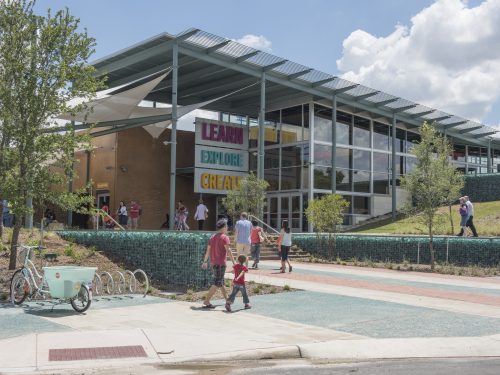
10 Family-Friendly Attractions To Explore in San Antonio
San Antonio is an ideal destination for families, offering a mix of history, outdoor activities, and plenty of kid-approved attractions. The city is…
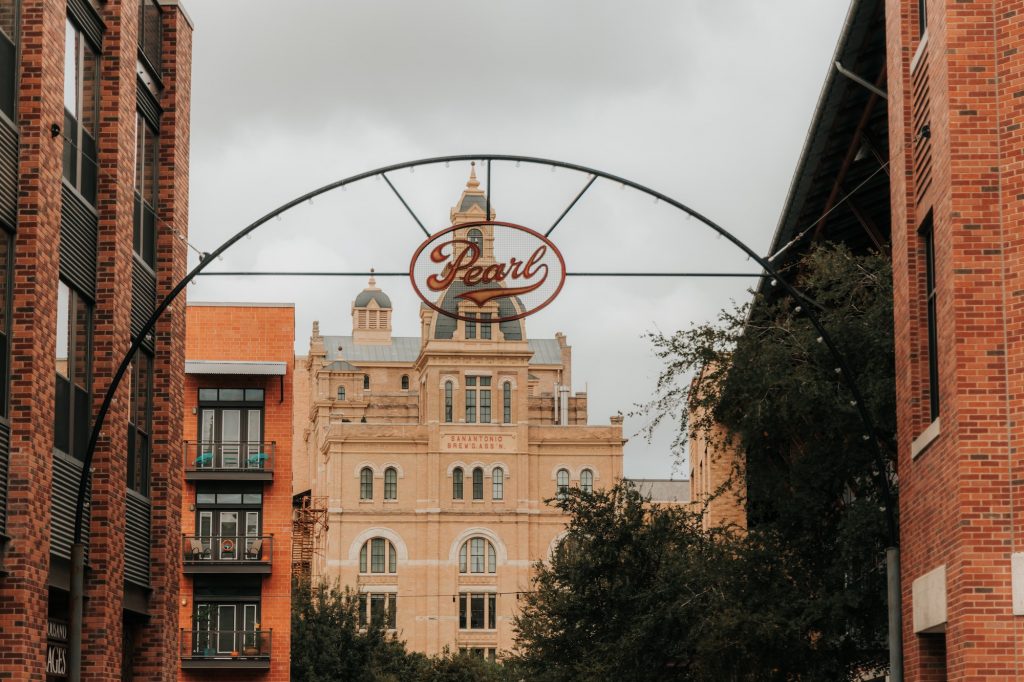
North from the Alamo and along the San Antonio River, the Pearl is humming from the dawn of the day to the rise of the moon. Attracting culture hounds and culinary travelers, this area helped snag the city’s UNESCO Creative City of Gastronomy in 2017. From the standout Tex-Mex classic La Gloria to the weekend farmers market to the Culinary Institute of America campus, eaters can get a whiff of what San Antonians savor.
But beyond food, there’s so much to do here. Day trippers from the hotel zone stroll along the River Walk to snag up one of its authentic finds, like a guayabera (a men’s shirt popular in hot climates). Dog owners enjoy the pup-friendly events held in the Plaza or Pearl Park. And San Antonio is a city that loves its families, so you’ll often see kids chase the spouts of shooting water at Gustav’s Geysers.
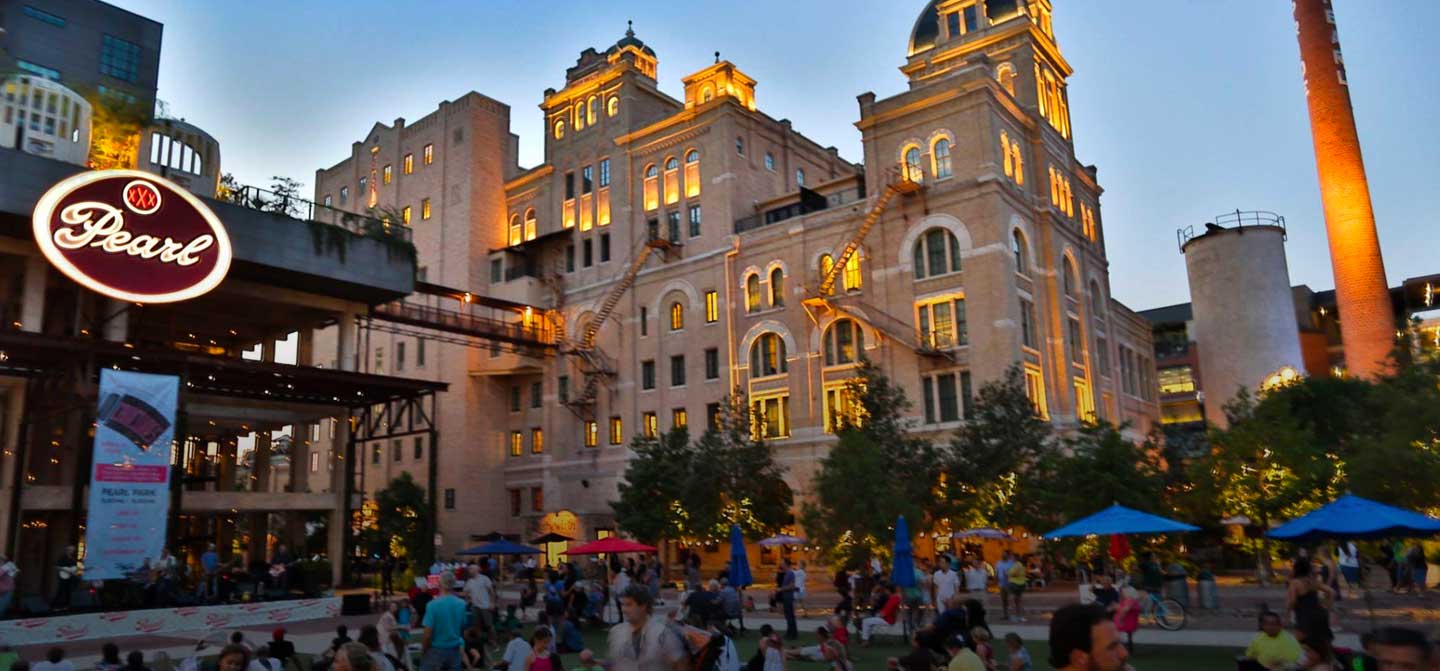
Before we get into the fun stuff, it’s helpful to understand the history of the Pearl. Like the rest of San Antonio, the Pearl preserves its history and can trace its culinary roots back to the 1800s.
Before the country of Texas and before the state of Texas, a series of missions popped up along the lifeline of the San Antonio River. Europeans meandered through the area as early as the late 1500s, though the Spanish settled San Antonio.
Founded on May 1, 1718, the Mission San Antonio de Valero was the northern frontier of New Spain. Centered around the church, five missions (including the Alamo) were built to instruct the Coahuiltecan people in Spanish culture, including new foods, a new language and a new religion.
In the 1800s, Texas offered lots of land to settle, so many Europeans immigrated, including the Germans. According to some historians, as many as one-third of Texans were German by the 1880s.
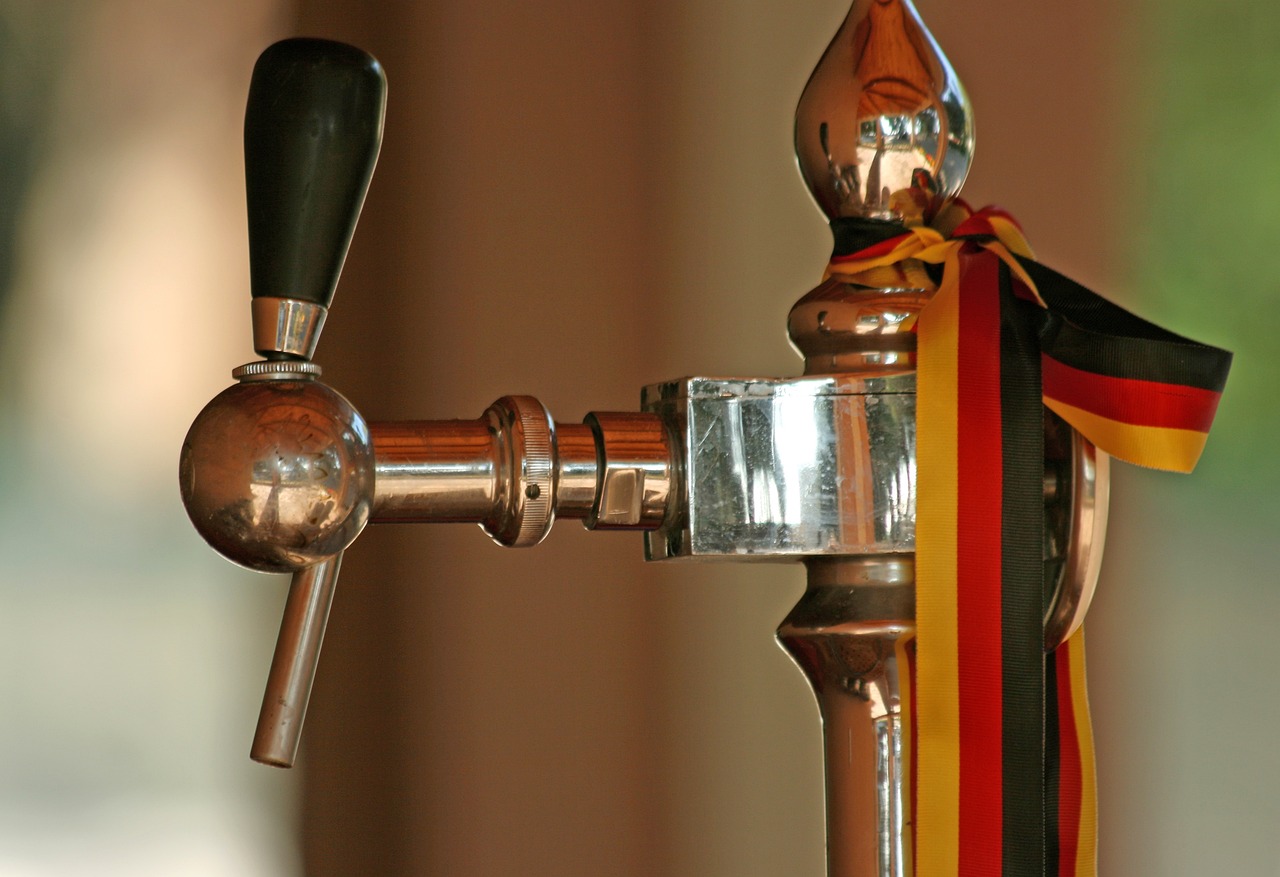
Bringing their skills and culture with them, the Germans influenced food and drink in Texas. In 1855, William Menger opened the Western Brewery on Alamo Plaza. It was the largest brewery in Texas by 1878, its tavern a watering hole for the dealmakers of the day, who met to share news and seal deals over a local brew.
Then competition erupted a mile upriver when the locally owned San Antonio Brewers Association opened the Pearl Brewing Company in 1883. (The association had already recently opened the Lone Star Brewing Company on the opposite bank of the San Antonio River, now an art museum.)
Taking a copycat recipe from the Kaiser-Beck Brewery of Germany, the San Antonio Brewers developed a beer so fine the bubbles looked like pearls. A fine beer needed a fine brewhouse, so a Chicago architect gave the Pearl its distinctive Second Empire Style in 1894.
By 1916, the Pearl Brewing Company was the king, and it filled upwards of 110,000 barrels that year under the helm of Otto Koehler. Though dark skies loomed on the horizon, Emma Koehler, his wife and patron saint of Hotel Emma, kept the lights on during Prohibition.
From 1920 until 1933, beer was a no-no and most breweries shuttered. Emma Koehler transitioned the Pearl Brewing Company from alcoholic beer to nonalcoholic beer, along with manufacturing sodas, ice, and a creamery operation.
Then Prohibition ended, and beer became the focus again at the Pearl Brewery, but alas, in 2001, the legendary brewery closed its doors.
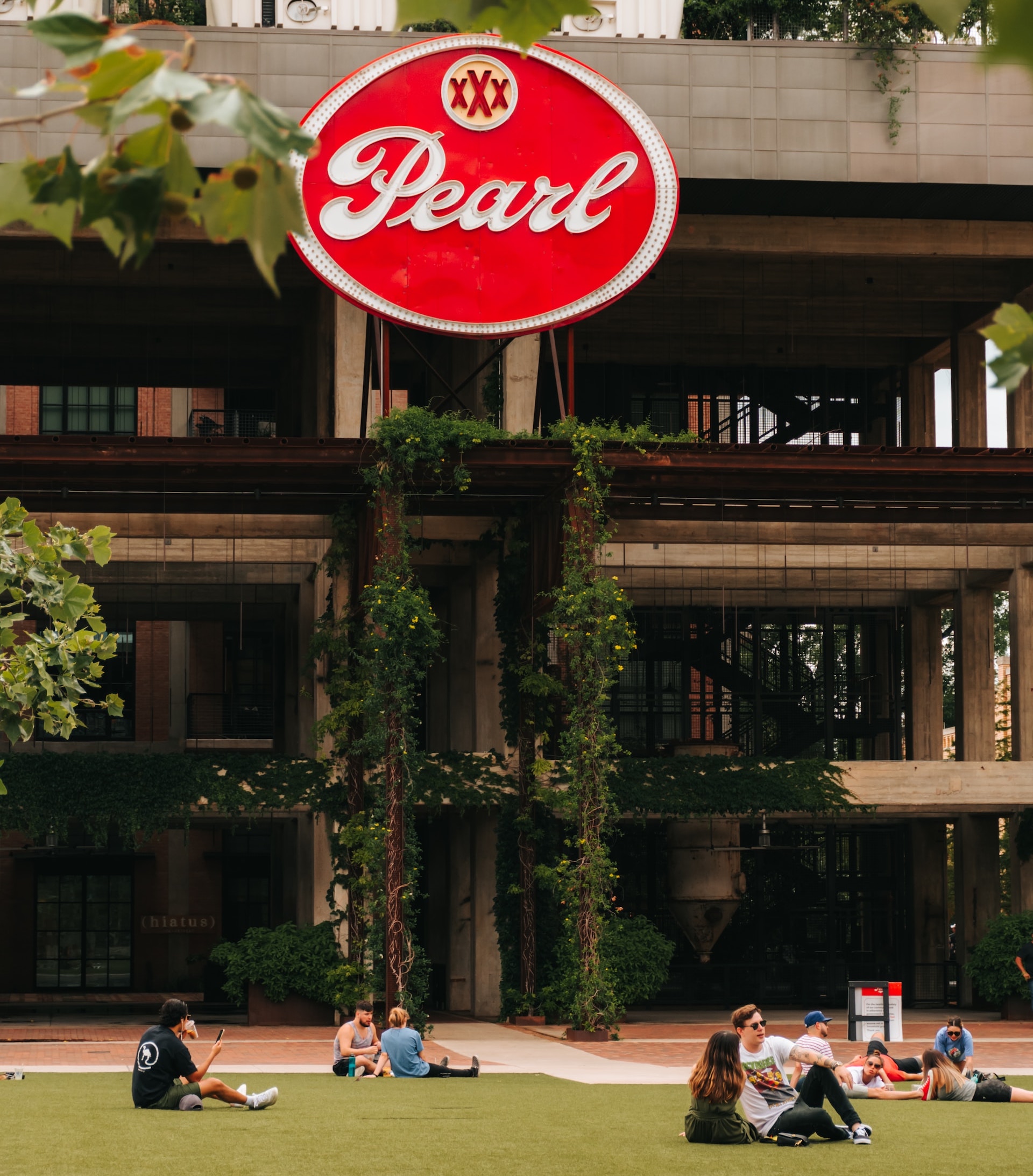
Things have changed in the past 20 years. The River Walk expanded in 2009, and you can now reach the pedestrian-friendly area of the Pearl from its walkway.
With its farmers market and the Culinary Institute of America opening within a couple of years, momentum grew. By 2015, brewing had returned to the area with Southerleigh Fine Foods and Brewery.
Today, you can enjoy the outdoor space with sculptures and live entertainment at the Plaza and Pearl Park, an open area with fountains, umbrella-topped bistro tables, and a grove of trees. Fine dining outposts rub shoulders with boutique shopping while pop-ups and food trucks keep the space casual and authentic.
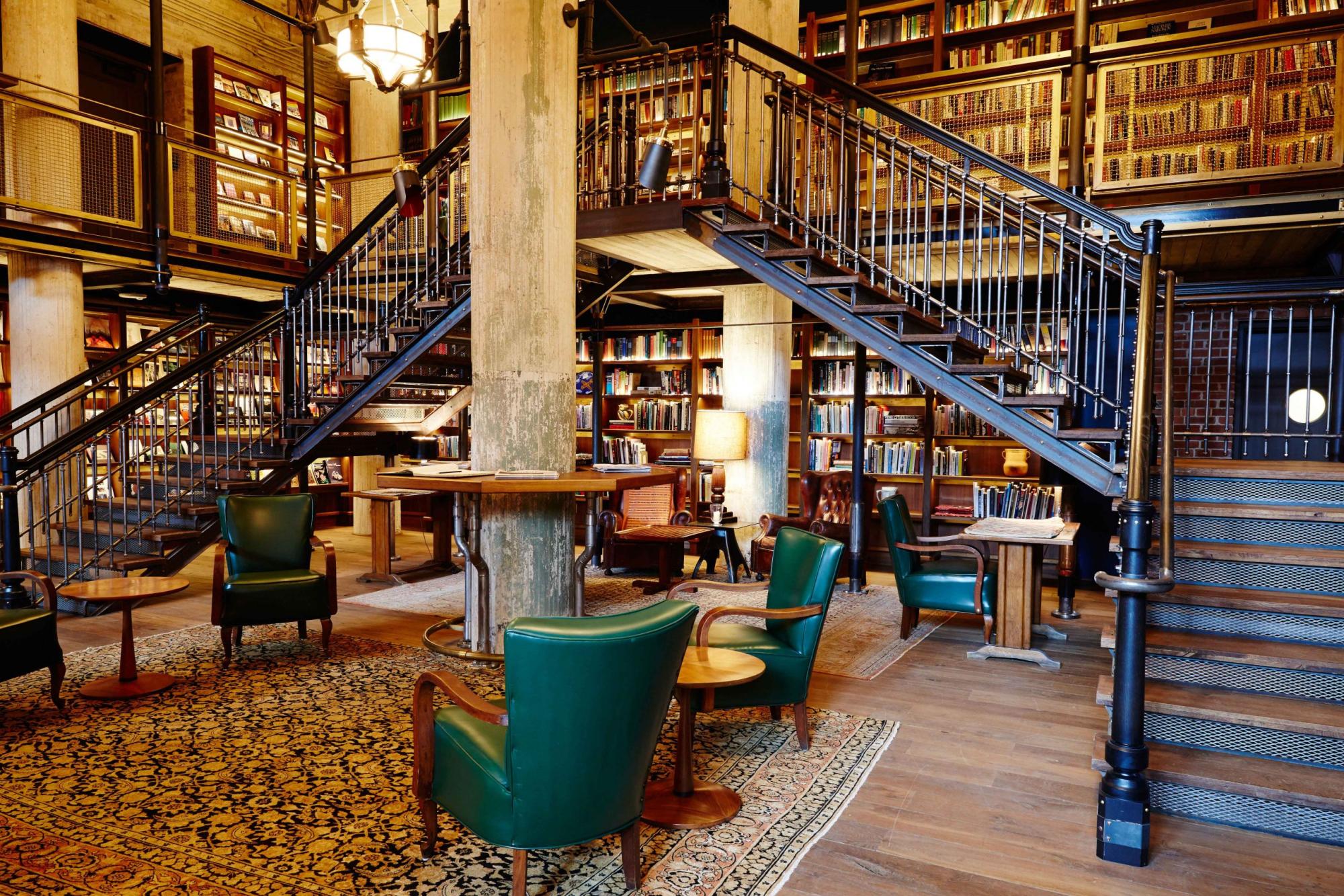
Cementing the complex, the Hotel Emma has forged a name for itself as unique as its namesake. It seems life with Otto was complicated and in addition to admiring beer, he admired ladies named Emma (a total of three according to the hotel’s account).
It took years to transition an industrial building into an illustrious luxury property. From the ornate stone and brick exterior to the extensive brewery workings retooled into fixtures to the historic fabrics, renovating the Hotel Emma was a labor of love.
As you enter the lobby, pause to take in all the details. Once a workhorse, an early compressor is elevated into sculpture in the lobby. Further distinguishing its retro-futurism design aesthetic, manifolds were spit polished and reassembled into light fixtures.
Just past the soaring ceilings of the lobby, the two-story library beckons. With its own staircase, readers can browse its shelves of over 3,700 books paired with cozy leather furnishings that give it a collegiate air.
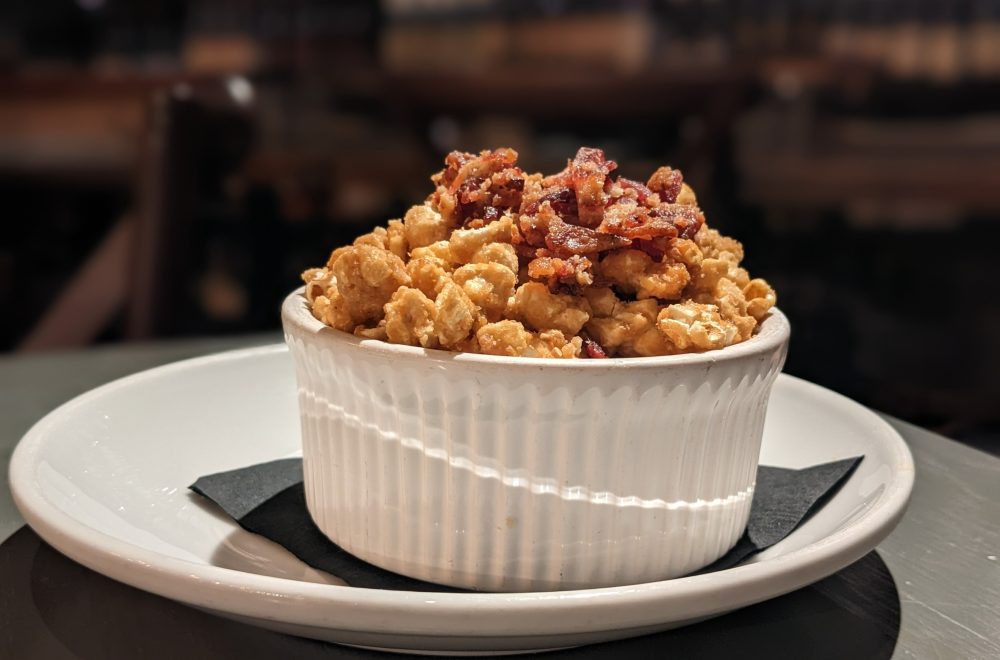
For foodies and first-time visitors, the Pearl District Food and History Tour is a great way to savor the offerings at the Pearl. From the Boiler House with its Texas Hill Country-inspired menu to the Hotel Emma’s Larder, a European meets South Texas takeaway and grocery, tour-goers get a taste of the flavors that make the Pearl a destination.
Along the Museum Reach of the San Antonio River Walk, you’ll also visit La Gloria, one of the city’s Tex-Mex icons. Ending the tour, travelers can grab a cone at Lick Honest Ice Cream.
However, the Pearl is a melting pot with loads of flavors to sample, so sometimes one trip isn’t enough. Here are a few more restaurants to try at the Pearl:
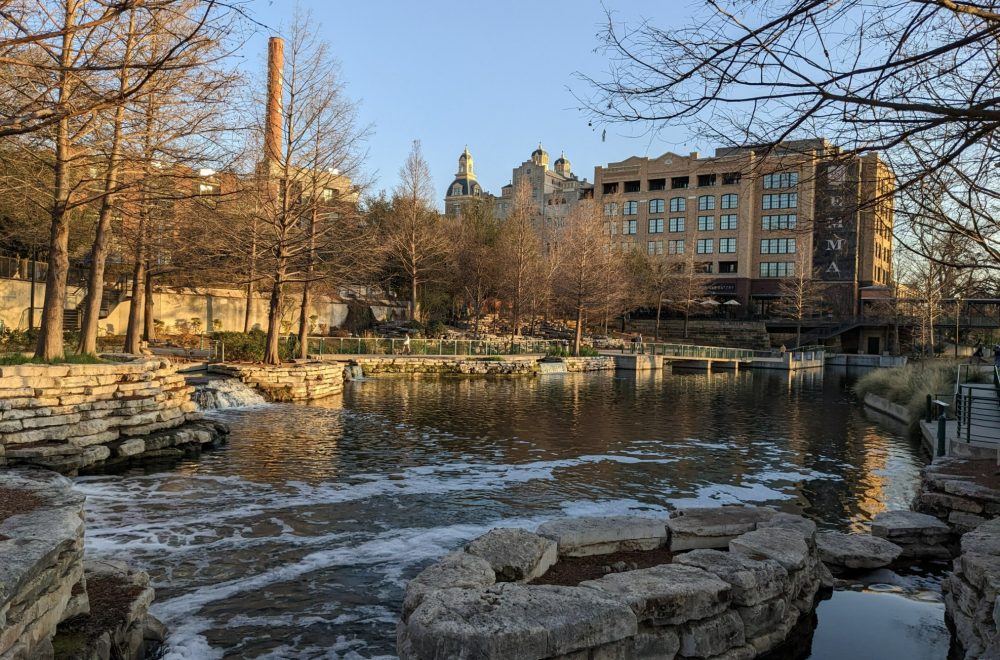
Designed with walking in mind, you can explore the Pearl conveniently on foot.
There’s the iconic San Antonio River Walk for starters, also called Paseo del Rio, which has delighted San Antonio visitors and locals alike since 1946. A newer section, known as the Museum Reach, extends north with bridges, river-level sidewalks and public art connecting downtown to the Pearl.
If you’re out for a stroll, there’s more to see nearby. Just a skip from the Pearl, The San Antonio Museum of Art is located inside the revitalized Lone Star Brewery. Celebrating 5,000 years of human history, its collections are drawn from around the world spanning from ancient times to contemporary works. Located less than a mile from the Pearl, the museum is easy to reach via the scenic route along the San Antonio River Walk.
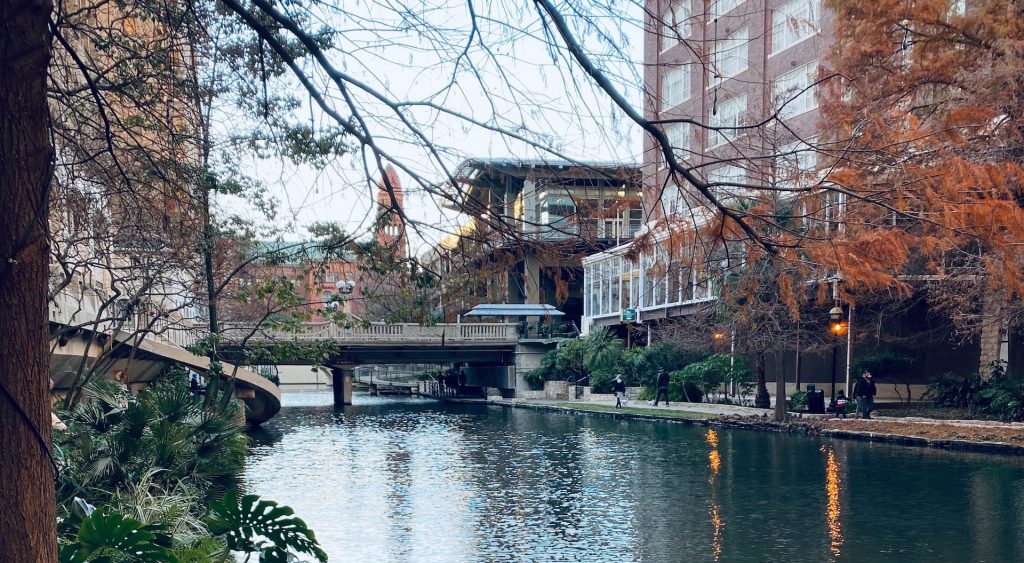
Located along the San Antonio Riverwalk, the 3-mile Museum Reach begins at Lexington Avenue and continues to the Pearl. You can keep a lookout for the Brooklyn Avenue Lock and Dam, built for the Go Rio river barges.
Local tip: Bikes are welcome on this section of the San Antonio River Walk, and you can grab one of San Antonio’s BCycles across downtown.
For the most unique way to arrive at the Pearl, hop a San Antonio Go Rio River Shuttle. These specially marked river barges run once an hour from popular destinations along the River Walk to the Pearl from noon to 8 p.m. daily.
As is the norm in San Antonio, numerous parking lots surround the Pearl with paid parking ($10 for up to 5 hours, $20 for up to 24 hours).
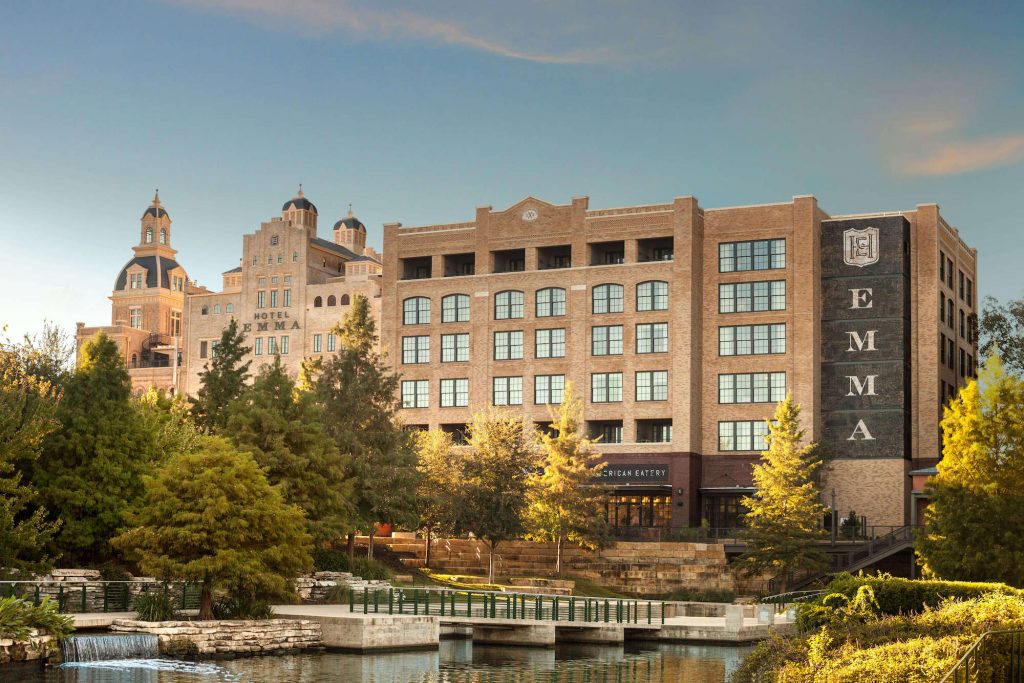
Looking for more to do in San Antonio beyond the Pearl? If you’re still hungry, hit up Market Square. They have great restaurants and shops, and our San Antonio Market Square Tex-Mex Food and Shopping Tour shows you some of the best of these.

San Antonio is an ideal destination for families, offering a mix of history, outdoor activities, and plenty of kid-approved attractions. The city is…
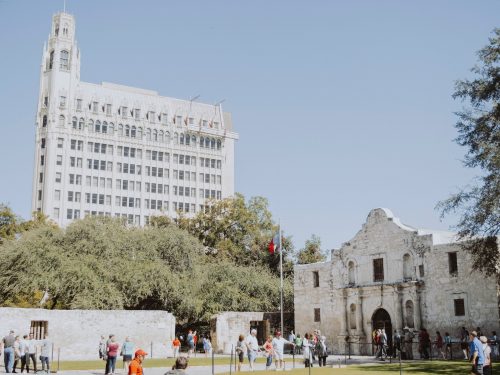
You’ve probably heard the phrase “Remember the Alamo” and know it’s somehow important in American history, but you may struggle to remember exactly…
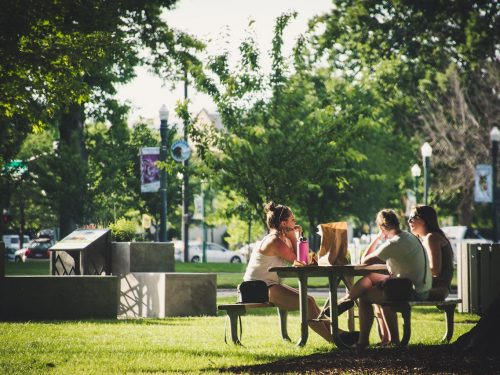
Spanning over 12,000 years, historic Brackenridge Park is a favorite with visitors and San Antonians. The park is home to the Japanese Tea…